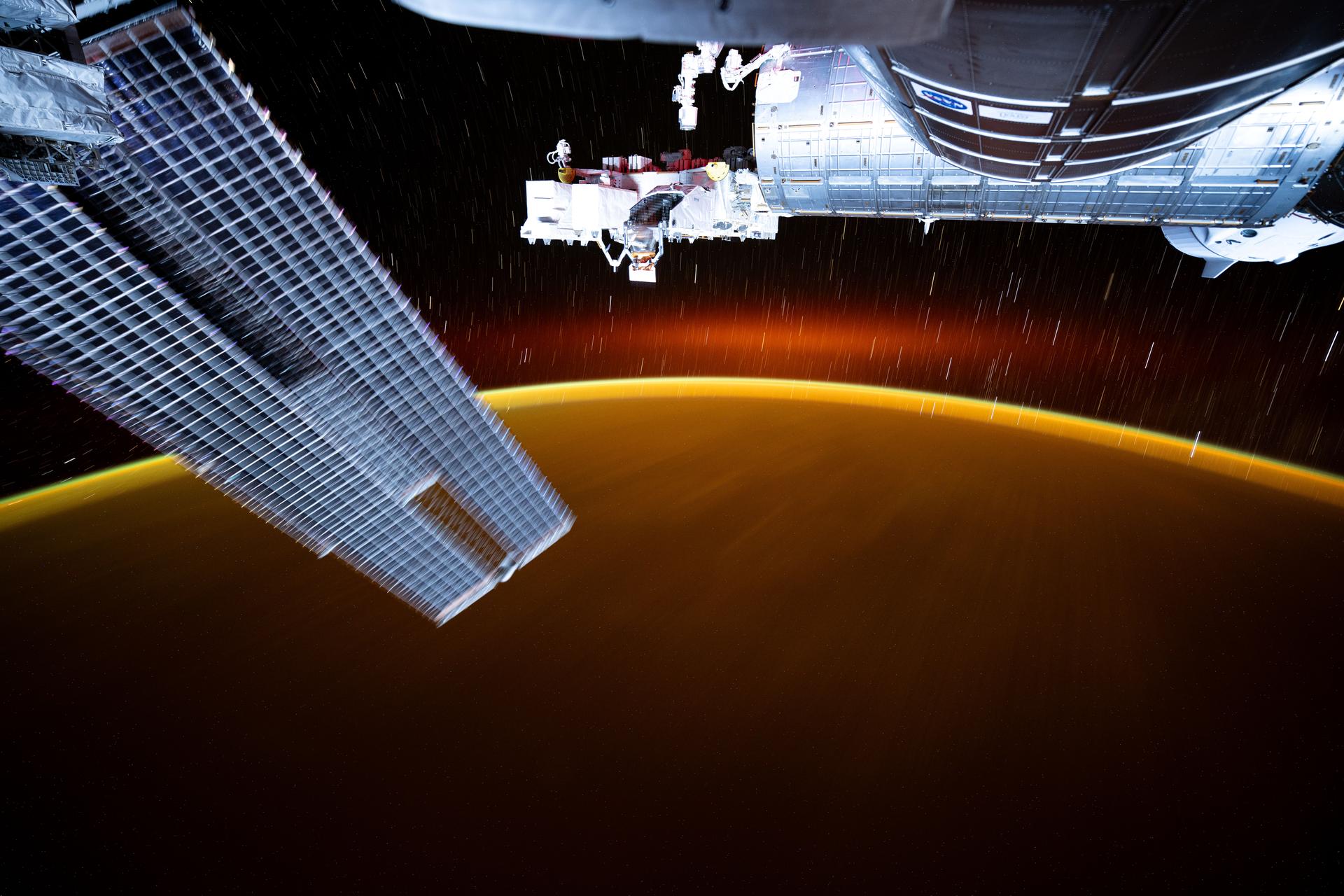Current IV&V Projects
Current IV&V Projects: NASA's IV&V Program is currently performing IV&V for the projects listed below

Artemis
With NASA’s Artemis campaign, we are exploring the Moon for scientific discovery, technology advancement, and to learn how to live and work on another world as we prepare for human missions to Mars.
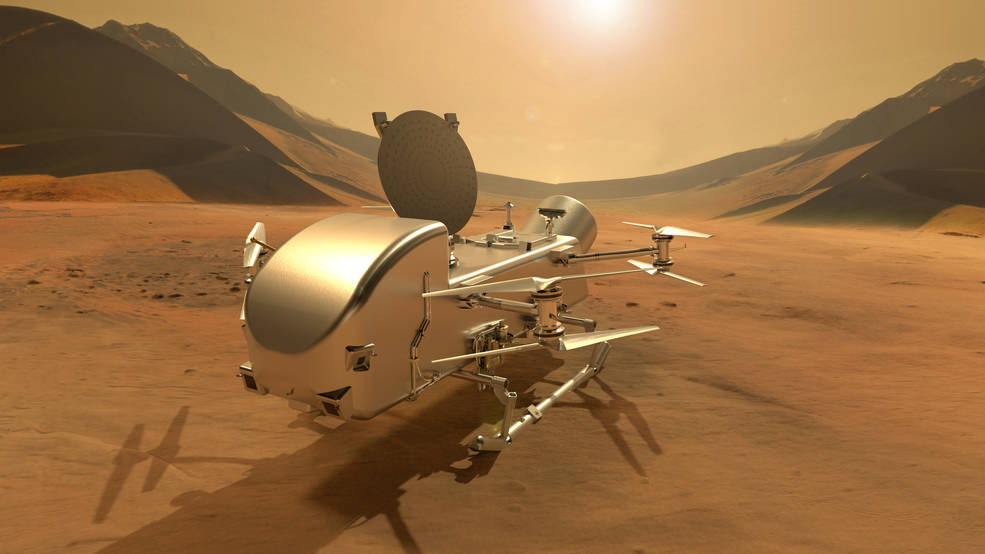
Dragonfly
Dragonfly is a drone-like rotorcraft that would explore the prebiotic chemistry and habitability of dozens of sites on Saturn’s moon Titan, an ocean world in our solar system.
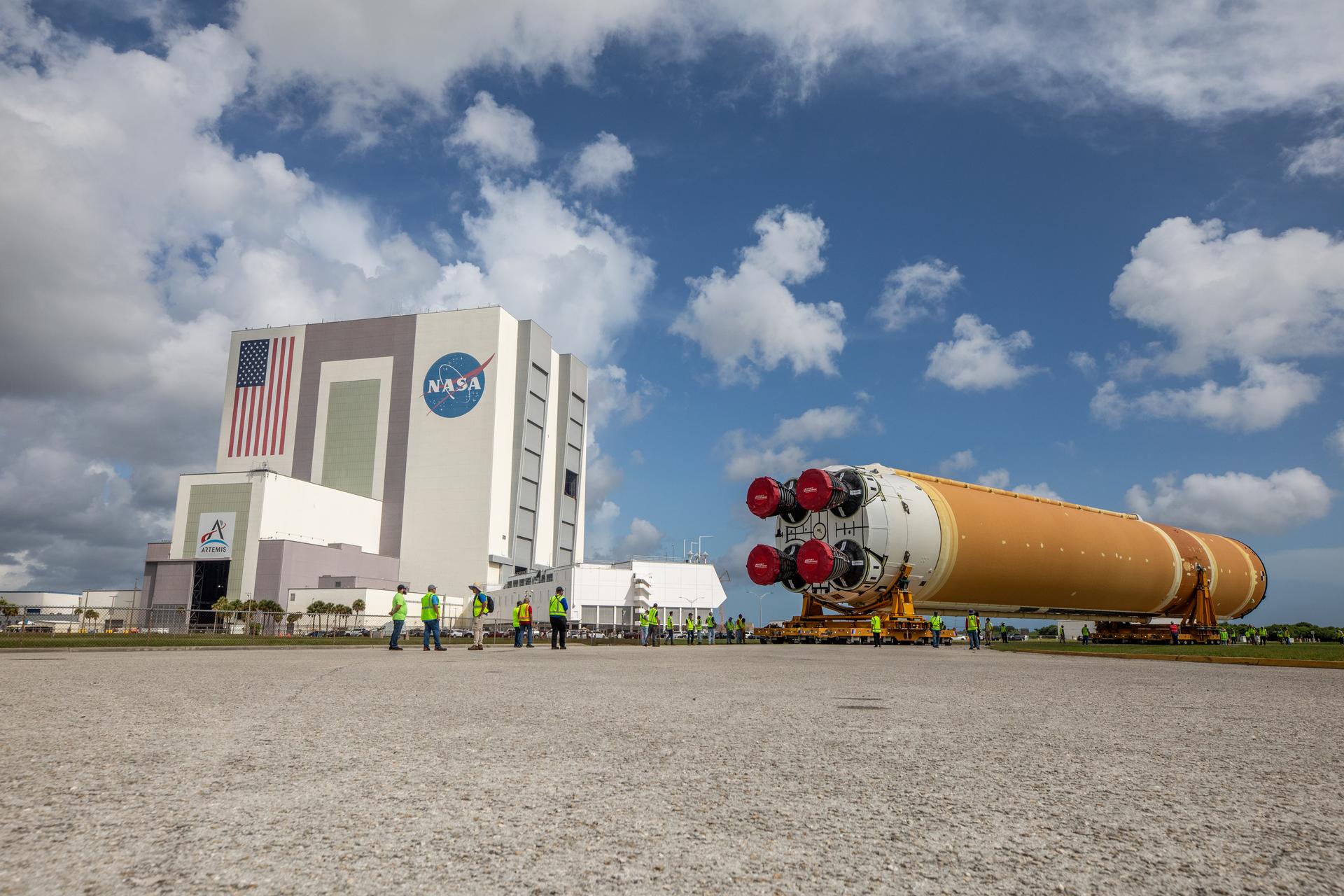
Exploration Ground Systems
Exploration Ground Systems’ primary objective is to prepare the center to process and launch the next-generation vehicles and spacecraft designed to achieve NASA’s goals for space exploration.
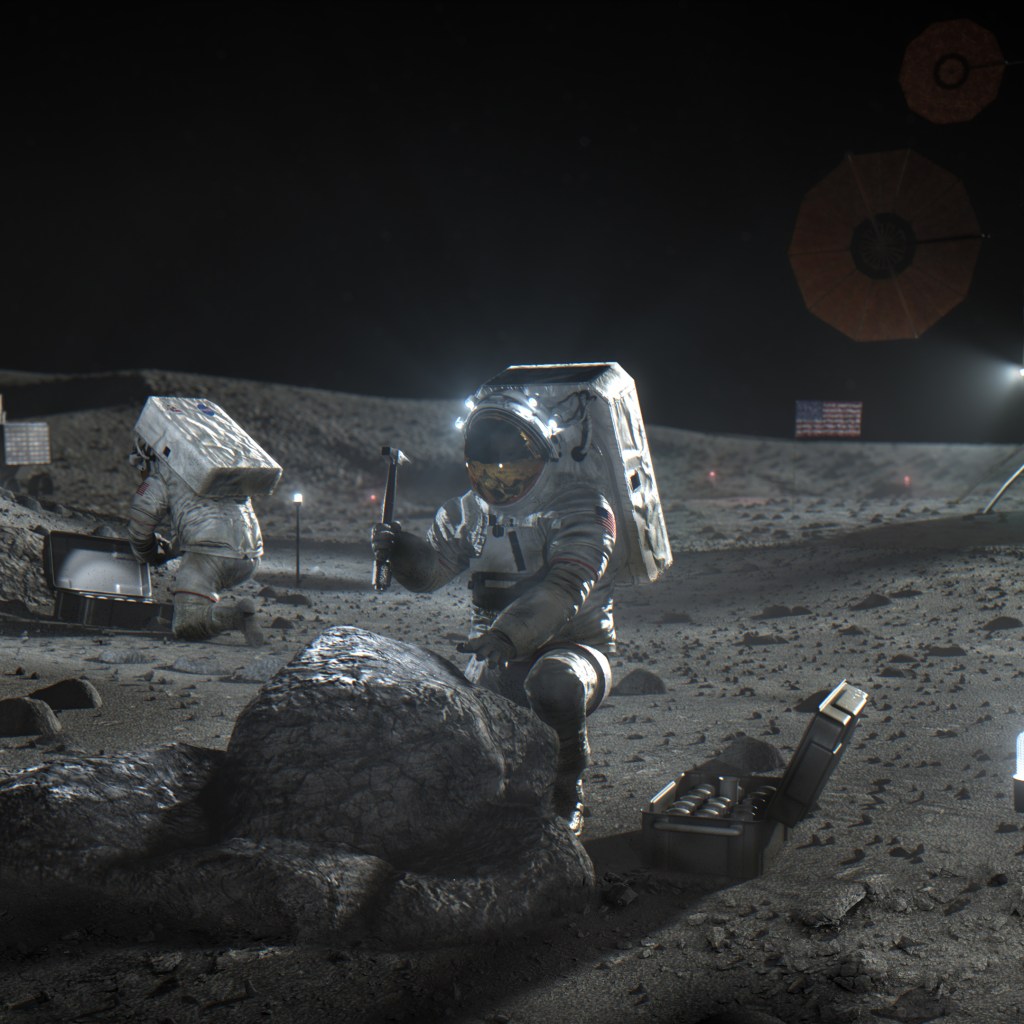
Extravehicular Activity and Human Surface Mobility
NASA’s Extravehicular Activity and Human Surface Mobility Program provides safe, reliable, and effective spacewalking and surface mobility capabilities that allow astronauts to survive and work outside the confines of a base spacecraft in order to explore on and around the Moon.
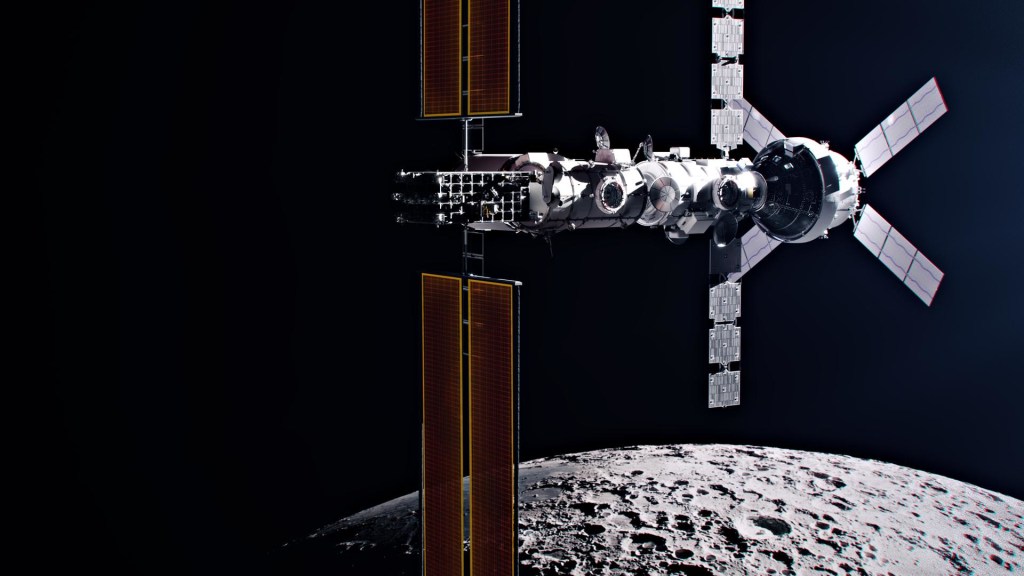
Gateway
Gateway is central to the NASA-led Artemis missions to return to the Moon for scientific discovery and chart a path for the first human missions to Mars and beyond. The small space station will be a multi-purpose outpost supporting lunar surface missions, science in lunar orbit, and human exploration further into the cosmos.
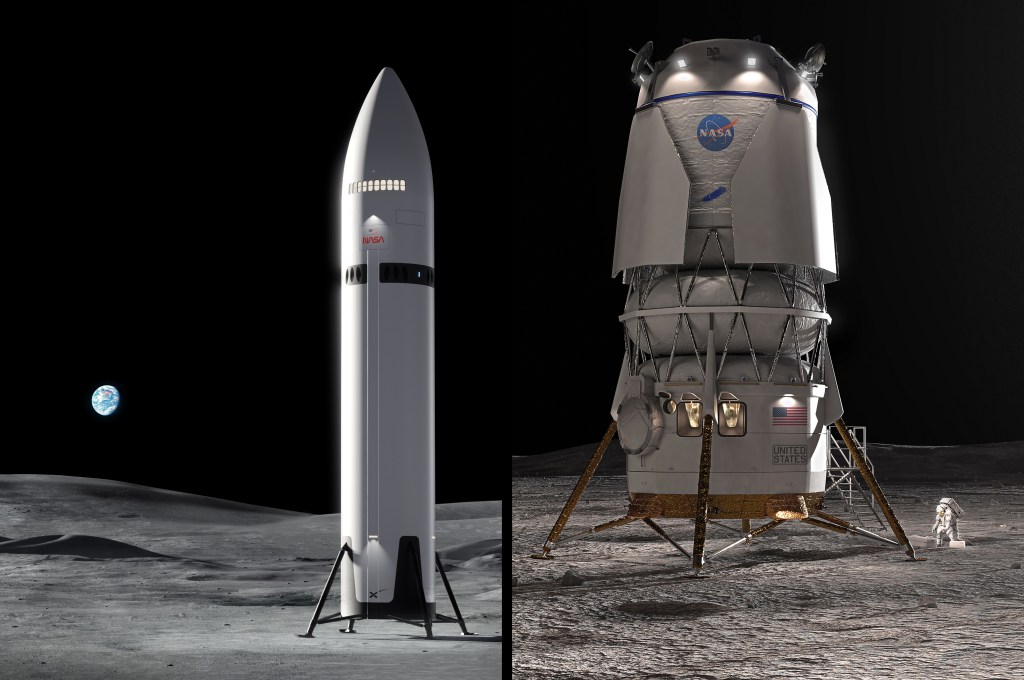
Human Landing System (HLS)
The Human Landing System (HLS) is the mode of transportation that will take astronauts to the lunar surface as part of the Artemis program.
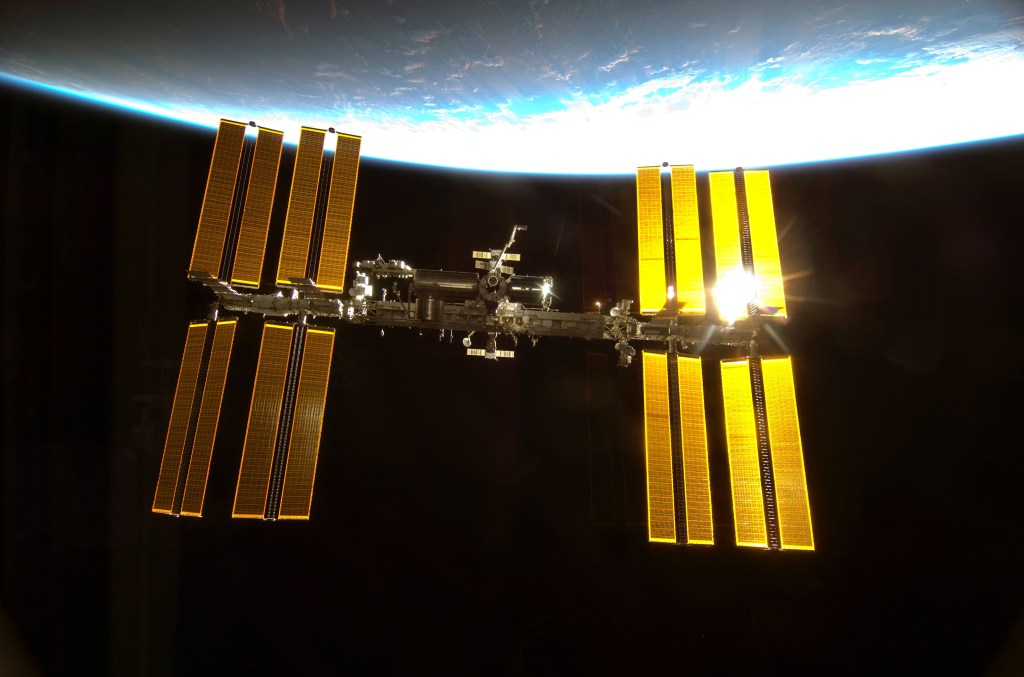
International Space Station (ISS)
The International Space Station Program brings together international flight crews, multiple launch vehicles, globally distributed launch and flight operations, training, engineering, and development facilities, communications networks, and the international scientific research community.
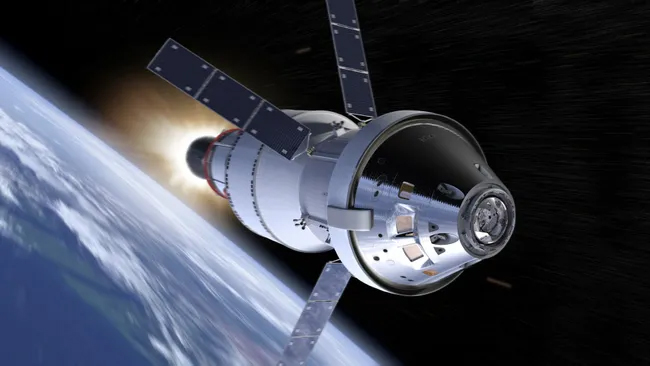
Orion
NASA’s Orion spacecraft is carrying humanity to the Moon. Launching atop NASA’s Space Launch System (SLS) rocket, Orion will carry the crew to lunar orbit and safely return them to Earth on Artemis missions.
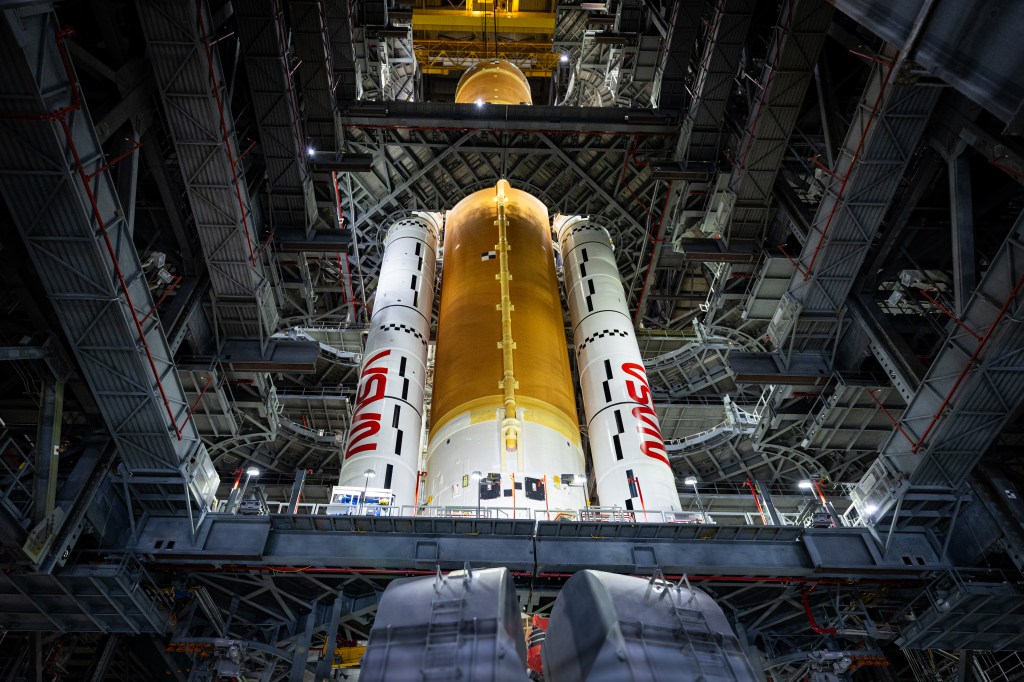
Space Launch System (SLS)
Combining power and capability, NASA’s Space Launch System rocket is part of NASA’s backbone for deep space exploration and Artemis. SLS is the only rocket that can send Orion, astronauts, and cargo directly to the Moon in a single launch.
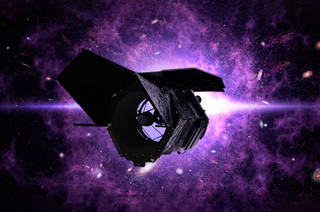
Roman Space Telescope
The Nancy Grace Roman Space Telescope will settle essential questions in the areas of dark energy, exoplanets, and astrophysics.
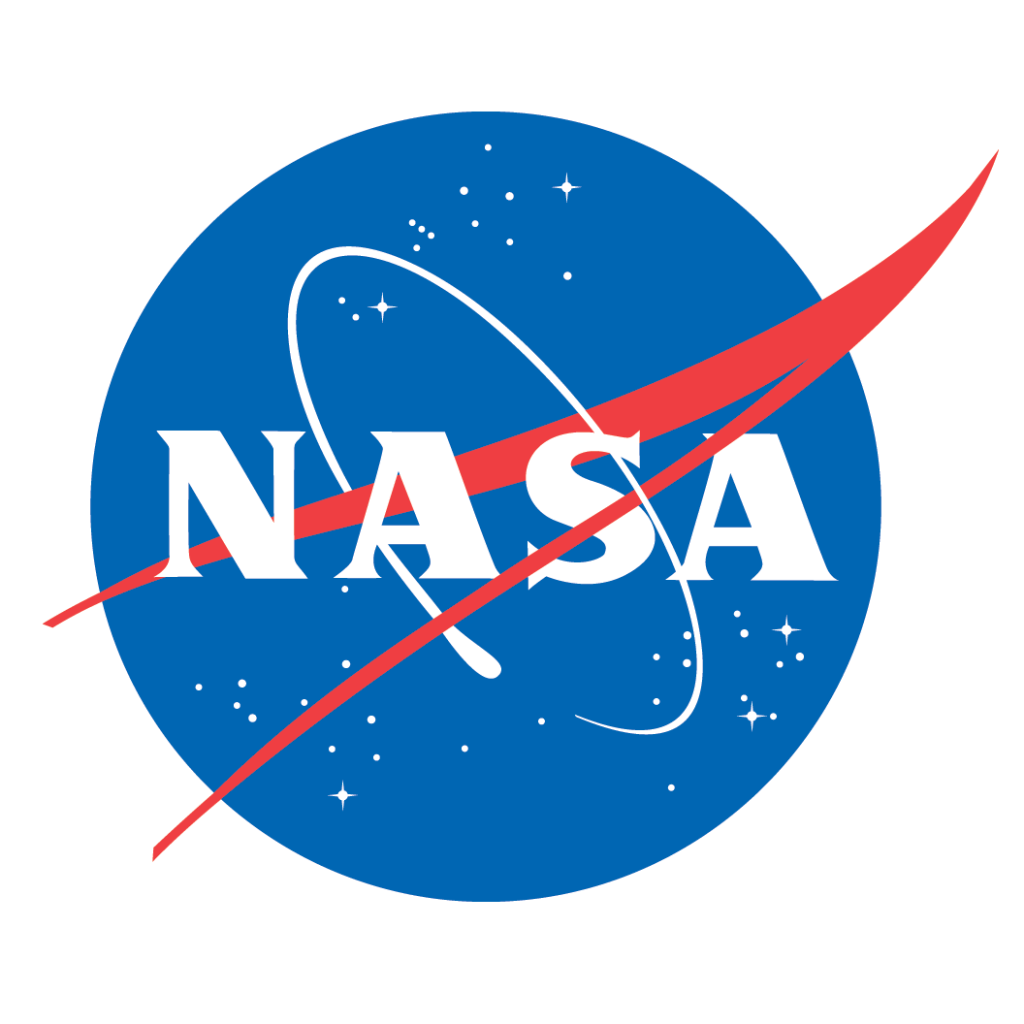
U.S. Deorbit Vehicle (USDV)
The U.S. Deorbit Vehicle will provide the capability to safely deorbit the International Space Station at the end of station operations and ensure avoidance of risk to populated areas.

























